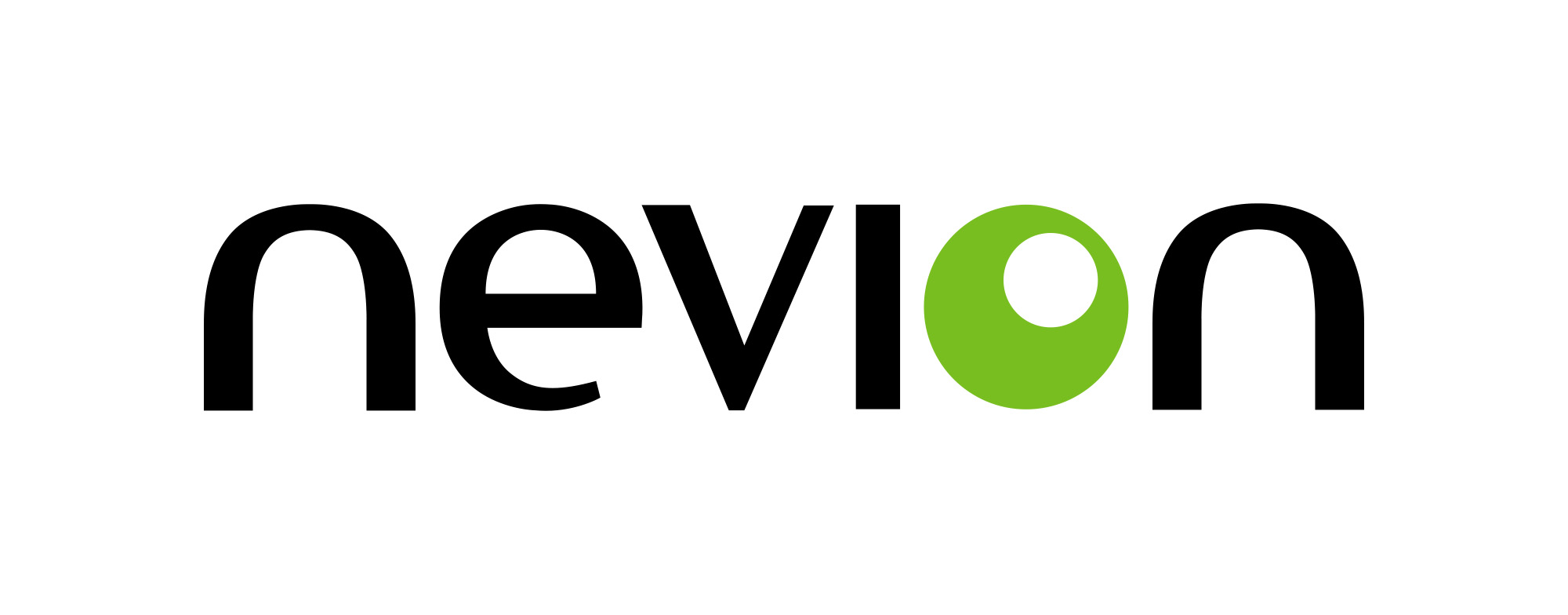Norway’s TV 2, Telenor Tap Nevion for New Sports Production System
TV 2 and Telenor are building a sports production ecosystem using Nevion’s technologies

OSLO—Virtualized media production solution provider Nevion has announced that Norwegian broadcaster TV 2 and telecom service provider Telenor will be building a ground-breaking sport production ecosystem using Nevion solutions, products and services.
TV 2 owns the television rights to multiple domestic sports leagues in Norway, including men’s and women’s football (soccer), handball and ice hockey and the new technical ecosystem will help it deliver the highest quality video, the companies reported.
The ecosystem involves over 60 venues and multiple simultaneous games as well as the fact that TV 2 is contracting several production companies to produce the content.
“Our objective is to create the most compelling sports content for our audience, and that means using the highest production values for all leagues, both elite and lower tier,” Svein Henning Skaga, solutions architect at TV 2 explained. “This would normally be a logistical and financial challenge, but the new production ecosystem allows us to overcome this.”
Using the system, all games are to be produced remotely, with TV 2 producing the final program to be aired – effectively making this a distributed production, with centralized production hubs. TV 2 can also produce other events directly, from the venues or new locations.
TV 2 has contracted Telenor to build the WAN infrastructure needed to achieve these objectives and provide it as a service to them.
Telenor, together with Nevion and TV 2, is now creating the remote-production solution linking venues, production companies and the broadcaster itself. The solution is based on Nevion’s software-defined media node, Virtuoso; its SDN media fabric, eMerge; and its media orchestration platform, VideoIPath, the companies reported.
Get the TV Tech Newsletter
The professional video industry's #1 source for news, trends and product and tech information. Sign up below.
The Virtuosos are used to provide the reliable and secure transport of video, audio and data signals over Telenor’s network which connects venues, production companies and TV 2. This involves, amongst others, the encoding of uncompressed SDI and SMPTE ST 2110-20 signals as JPEG XS (SMPTE ST 2110-22), Nevion said.
The 25G/100G eMerges are used as access switches, providing aggregation amongst others.
VideoIPath orchestrates the media flows between every location involved. Using the multi-tenanting feature of VideoIPath, Telenor enables the production companies to control the flows involved in their own productions – effectively offering orchestration as a service to them.
Some production companies are also using VideoIPath’s new broadcast control functionality to manage the connectivity, Nevion said.
VideoIPath is also to be federated with TV 2’s existing VideoIPath system, which already orchestrates media flows within and between the broadcaster’s SMPTE ST 2110 production facilities. The VideoIPath federation allows media flows to be controlled easily end-to-end by TV 2, without compromising on the performance, resilience, and security of their own system, Nevion said.
In addition, Nevion is providing a full range of professional and support services, including consultancy, infrastructure design, device configuration, device integration, setup of the orchestration system, testing and troubleshooting.
“This project is highly innovative from both a business and technical standpoint, and we are excited to be part of it,” said Thomas Heinzer, CEO at Nevion, which is owned by Sony. “We are obviously pleased our flagship products and their latest features are being used. We are also very happy about the collaboration between TV 2, Telenor and Nevion to make this production ecosystem a reality.”
George Winslow is the senior content producer for TV Tech. He has written about the television, media and technology industries for nearly 30 years for such publications as Broadcasting & Cable, Multichannel News and TV Tech. Over the years, he has edited a number of magazines, including Multichannel News International and World Screen, and moderated panels at such major industry events as NAB and MIP TV. He has published two books and dozens of encyclopedia articles on such subjects as the media, New York City history and economics.

